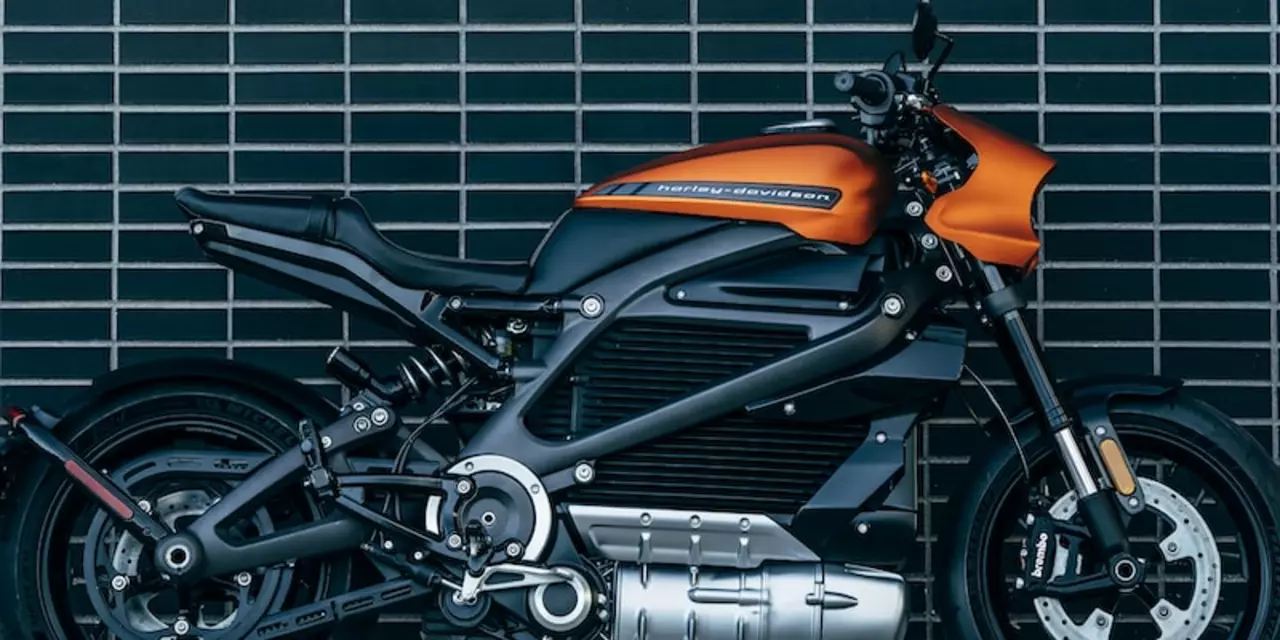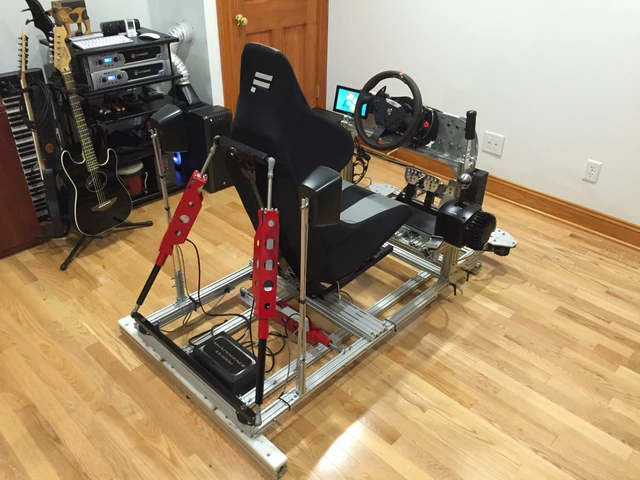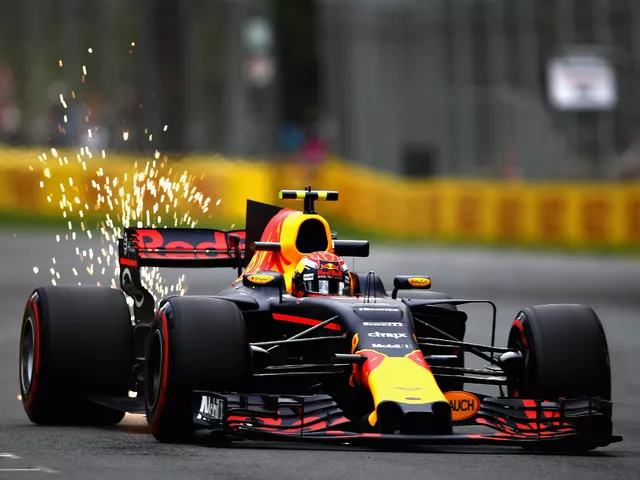Motorcycle Drag Racing Essentials
If you’ve ever watched a bike rocket down a strip in under five seconds, you know the thrill of motorcycle drag racing. It’s all about raw power, perfect timing, and a bike set up to launch like a rocket. On this page we’ll break down the core ideas you need to fine‑tune your ride, from the clutch to the final gear.
How a Gear Shifter Works in Drag Racing
The gear shifter is your direct line to the engine’s power band. When you pull the clutch lever, the engine disconnects from the transmission, letting you slide the shift lever into the next gear. As soon as you release the clutch, the new gear bites in and the power flows straight to the rear wheel.
Timing is everything. A common mistake is to shift too early, leaving the engine below its peak RPM. Shift too late, and you waste precious acceleration while the bike laboriously climbs out of the gear. The sweet spot is usually right where the RPM hits the engine’s torque peak – often between 9,000 and 10,500 RPM on a typical sport‑bike drag engine.
Throttle control matters just as much. As you pull in the clutch, give the bike a quick burst of throttle to keep the revs up. Then ease off just enough to let the new gear snap in smoothly. Over‑throttling can cause the rear wheel to spin, while under‑throttling can make the shift feel sluggish.
Key Shifting Tips for Maximum Speed
1. Practice the timing on a dry run. Use a stopwatch or a phone app to see how long each shift takes. Aim for consistent 0.2‑second shifts.
2. Use a quick‑shift kit if your bike allows it. These kits cut out the clutch pull for upshifts, letting you change gears with a tap of the lever.
3. Set your gear ratios for the track length. Shorter tracks benefit from a lower first gear for a faster launch, while longer strips need a taller top gear to stay in the power band.
4. Check your clutch lever free play. Too much free play means you waste time closing the gap before the clutch actually disengages.
5. Keep the bike’s weight centered. Lean too far forward or back and the rear tire can lose traction during the shift.
Every rider develops a personal rhythm, but these basics give you a solid starting point. Combine them with the right tire choice and a clean track, and you’ll see noticeable gains in your quarter‑mile times.
Ready to put these tips to the test? Grab your bike, hit the strip, and focus on one shift at a time. The more you drill the process, the more instinctive it becomes, and the faster you’ll go.

How does a gear shifter work in motorcycle drag racing?
Motorcycle drag racing requires the use of a gear shifter to shift gears in order to maximize the speed of the bike. The gear shifter works by activating the clutch, which disengages the engine from the transmission, allowing the bike to shift gears. The rider then uses the gear shifter to select the next gear, which is then engaged by releasing the clutch. In order to make the most efficient shifts, riders must know how to time the shifts correctly and use the correct amount of throttle to match the engine speed to the transmission. This allows the bike to accelerate quickly and make the most of the available power.
CONTINUE READING





